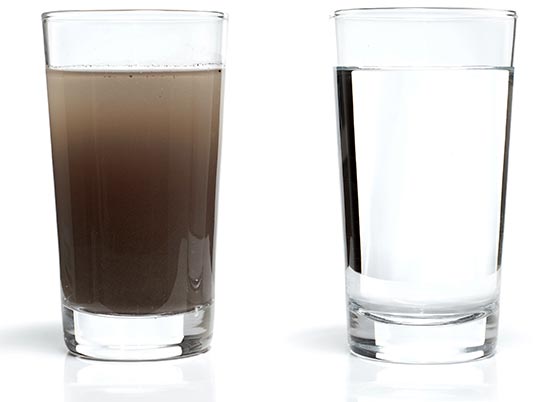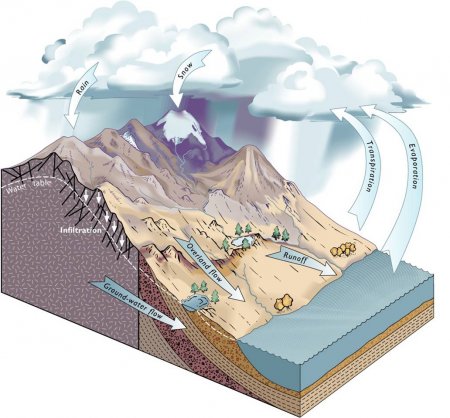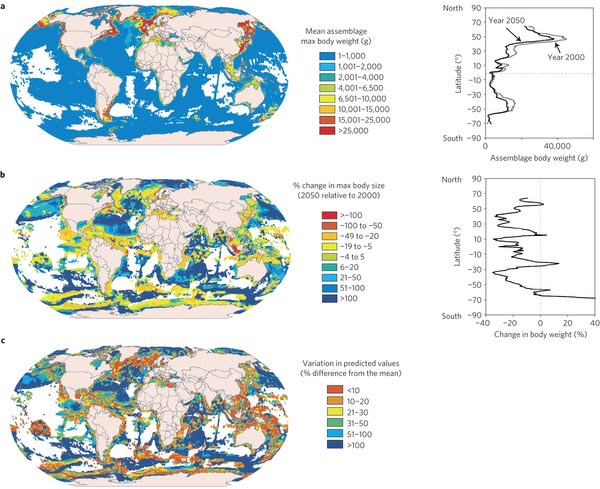In 1972, the United States legislature passed the Clean Water Act due to a crisis in the nation’s water purity. The purpose of the act was to restore the chemical, biological, and physical nature of our nation’s waterways that had been so damaged by pollution.
The goal of the act was that, by 1985, no more pollutants would be discharged into the water supply and all of our nation’s rivers, streams, and lakes would be fishable and swimmable once more. Every city was required to install a water treatment plant, and every industry was required to use the best available technology to limit the amount of pollutants that entered water sources (Outwater, 1996). Under these stringent demands, water quality began to improve slightly. Still, almost two decades after the year of supposed goal fulfillment, about a third of the nation’s waterways continue to be polluted. Read more












